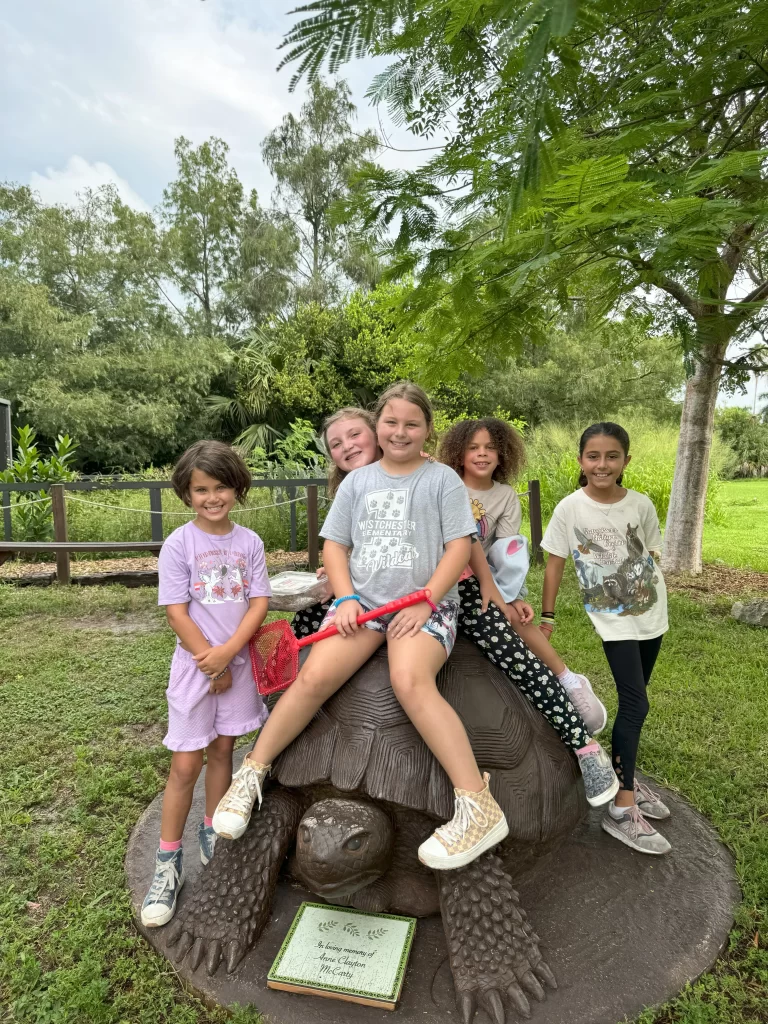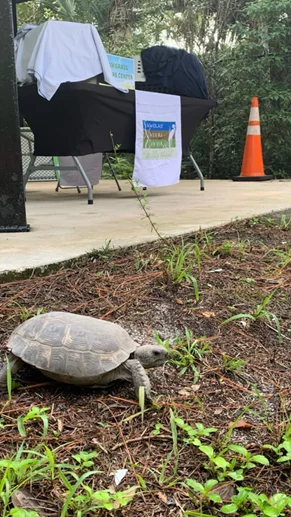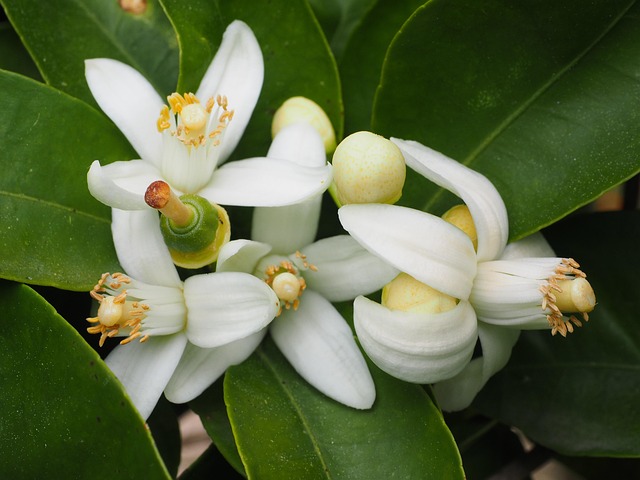
The world today faces a growing number of environmental crises that seem to pile up, making it difficult to tackle any single issue alone. This phenomenon has been described by experts as a “polycrisis”, a term that highlights how multiple, interconnected crises create a web of challenges that all amplify each other. This concept is especially pertinent in the discussion of climate change, where rising temperatures, extreme weather events, biodiversity loss, and environmental degradation all interact in complex and overwhelming ways.
Within a polycrisis, each event is significant on its own, intersecting and worsening one another, making solutions more difficult to implement. Unlike a single crisis, where a straightforward response might be possible, a polycrisis requires a multi-faceted approach because of the way different issues feed into and worsen each other. The concept is not just about having several problems at once but rather about the compounding effects of those problems occurring simultaneously.
Climate change is a relevant example of a polycrisis. It is not a standalone issue. Instead, it intertwines with economic, social, and environmental challenges in ways that make each problem more severe. Here are just a few examples of how different climate-related crises interact:
Rising global temperatures fuel more frequent and intense hurricanes, wildfires, and heatwaves. At the same time, aging infrastructure and inadequate urban planning make it harder for communities to recover, leading to prolonged damage. Deforestation and habitat destruction are reducing biodiversity at alarming rates. This, in turn, affects pollination, soil health, and fisheries, which are all key components of food security for millions of people. Coastal communities around the world are already experiencing displacement due to rising sea levels and stronger storms. As people are forced to migrate, social and political tensions over resources and land use intensify.
One of the biggest challenges of addressing a polycrisis is the feeling of being overwhelmed. With so many urgent environmental threats occurring at once, it can seem impossible to know where to begin. This sense of helplessness can lead to inaction or disengagement, which only exacerbates the problem.
However, recognizing the interconnectedness of these crises can also be an opportunity. Instead of treating each issue separately, we can pursue solutions that address multiple problems at once. Investing in renewable energy, restoring ecosystems to improve biodiversity, and promoting sustainable agriculture are all examples of efforts that can help shift the narrative. While no single action can resolve all environmental issues, collective efforts at local, national, and global levels can help create a more resilient and sustainable future.


